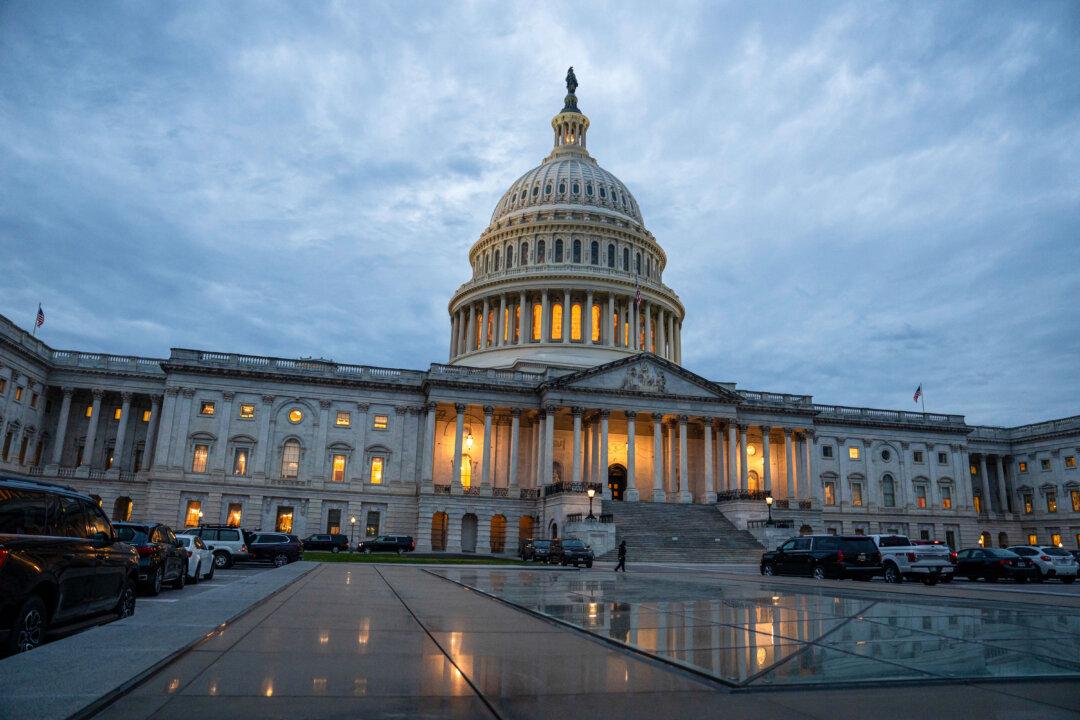U.S. fighter jets intercepted a formation of six Russian military aircraft operating near Alaska last week.
On May 15, the North American Aerospace Defense Command (NORAD) announced that it had detected the Russian aircraft operating near the Alaska Air Defense Identification Zone (ADIZ) on May 11. NORAD’s Alaska region dispatched F-16 and F-22 fighter jets, KC-135 Stratotankers, and E-3 airborne warning and control system aircraft to intercept the group of Russian Tu-95 bombers, IL-78 tankers, and Su-35 fighter jets.
According to NORAD, the Russian aircraft remained in international airspace and didn’t enter the sovereign airspace of the United States or Canada.
Like territorial waters, a nation’s airspace extends for up to 12 nautical miles from its coastline. An ADIZ is a zone that extends even further beyond a nation’s sovereign airspace in which that nation will attempt to identify, locate, and intercept incoming aircraft. NORAD relies on a layered network of defense satellites, ground and airborne radars, and fighter aircraft to enforce the Alaskan ADIZ.
NORAD stated that it didn’t perceive the Russian aircraft as posing a threat, but stated, “We remain ready to employ a number of response options in defense of North America and Arctic sovereignty.”
Timing of Intercept
According to NORAD, this particular intercept incident occurred as the U.S. military is conducting several planned large-scale U.S. military training exercises in Alaska.Ties between the United States and Russia have been particularly strained in recent years, with the United States providing regular military assistance to the Ukrainian government in its fight against invading Russian forces.
During a May 11 town hall-style interview with CNN, 2024 Republican presidential candidate Donald Trump said he would rapidly negotiate a peaceful settlement to the ongoing war between Russia and Ukraine. When asked whether he would prefer to see Ukraine win the war, the former president and leading Republican presidential contender said he isn’t looking at the ongoing conflict in terms of determining a “winning” or “losing” side.
“I think of it in terms of getting it settled,” Trump said. “I want everybody to stop dying.”
He also said that if he were still president, the ongoing war “would have never happened.” He also asserted that, if elected, he could bring the fighting to an end within 24 hours of starting negotiations.





